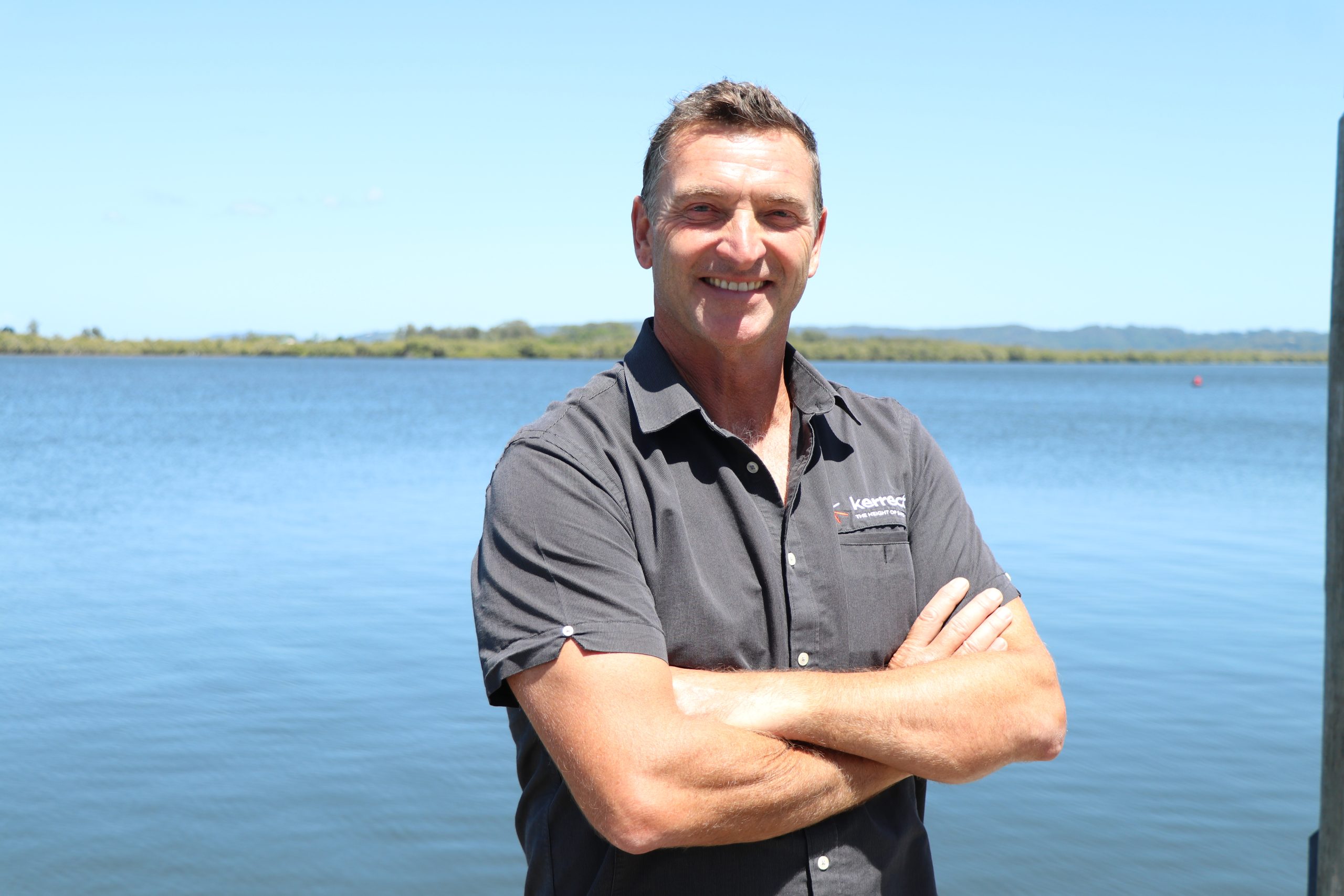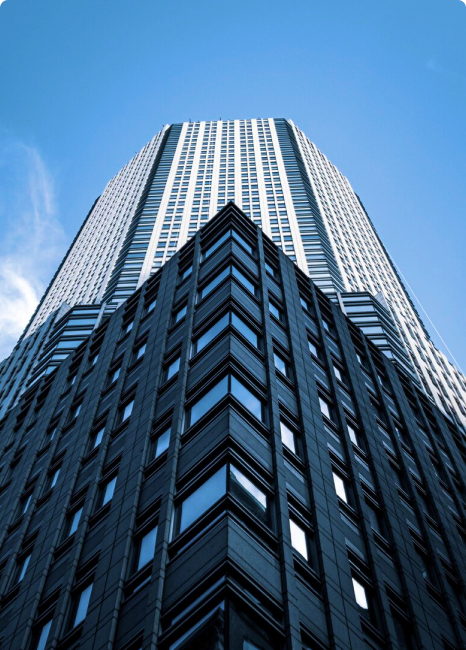Behind the Harness: A Conversation with Craig Rowland

Get to know the story, mindset and mission behind one of Australia’s leading height safety engineers. We sat down with Kerrect’s Founder and CEO, Craig Rowland, to talk rope access services, risk, innovation – and what it takes to keep people safe at height, every day.
- What inspired you to start Kerrect, and what was the key gap you saw in the height safety or rope access industry at the time?
I worked as a Site Engineer in construction across the UK for many years – on projects ranging from shopping centres and football stadiums to cell phone installations. All of them had one thing in common: challenges around working safely at height. At the time, there were no ‘off-the-shelf’ height safety solutions, so we had to be inventive. We developed safe methods using whatever equipment was available – including training with early IRATA industrial rope access pioneers preparing for Everest expeditions. That ingenuity and problem-solving approach is what laid the groundwork for Kerrect.
- Over the years, how has your vision for Kerrect evolved as the company and industry have grown?
There have been plenty of players in this space, each with their own take on height safety solutions. For us at Kerrect, it’s always been about providing a comprehensive and intuitive answer– with the end user in mind. We engineer systems that work with the people using them, not against them. The integrity of our approach has never wavered.
- What are some of the most pressing safety challenges facing the construction and industrial sectors today– and how does Kerrect work to address them?
Increasingly complex structures and compressed project timelines can make height safety an afterthought – which is exactly the problem. We tackle this by designing roof safe solutions and rope access systems that integrate seamlessly with workflow and site conditions. Whether we’re installing caged ladders or full-scale safety netting, our job is to make sure safety isn’t a compromise – it’s a guarantee.
- Height safety regulations are continually evolving. How does Kerrect stay ahead of compliance changes and ensure we remain industry leaders in best practice?
Staying ahead means staying engaged. We work closely with regulators and leading industry bodies, and we continually train our teams in the latest standards. It’s not just about compliance – it’s about setting a standard others can follow. That’s the mindset we bring to every system we design or install, from anchor points to rope access strategies.
- Can you walk us through your approach to risk assessment for complex or high-risk projects? What sets Kerrect apart in how we plan and prepare?
It always starts with understanding the full scope – from the physical environment to the human factors. We look beyond checklists and take a holistic view of risk. Our height safety engineers are trained to think creatively and practically, ensuring that any solution we propose is not only compliant but the best fit for that particular scenario. Whether it’s suspended platforms, safety netting, or bespoke rope access services – it’s about precision and forethought.
- What leadership values are most important to you when managing a team in a high-risk, high-accountability industry?
Patience and clear, inclusive communication. Everyone involved has a role to play, and it’s important to listen to all suggestions respectfully. We develop the best height safety solutions by ensuring the whole team has a full understanding and feels ownership of the outcome.
- Kerrect is known for its team culture. How do you foster a working environment that promotes both safety and excellence on the job?
Simple– our goal is for every one of our team members to smile. If our team is happy, they’re working safely, efficiently, and with purpose. We promote this culture from day one with new employees and back it with an open-door policy at every level of the company.
- Beyond the technical certifications, what soft skills do you believe are essential for a successful rope access or height safety technician?
Strong interpersonal and communication skills are key. Leadership matters at every level– not just in the office, but on-site and in the field. Our technicians are experts, and that should come through in every interaction, whether it’s with teammates, clients or the general public.
- How has technology changed the way Kerrect operates – whether in safety netting, rope access, or maintenance work?
New innovations bring new opportunities. Whether it’s advances in materials, smarter anchor point systems, or evolving digital tools for managing projects – we’re always assessing how to deliver safer, more efficient outcomes. Back in 2002, we were among the first to introduce safety netting as a viable solution in Australia. We saw the use case long before others did – and now, we’re leaders in this field.
Our focus is always the same: engineer the best height safety solution possible, while respecting our clients’ needs and budget.
- Are there any recent innovations, equipment, or techniques you’ve adopted that you think are game changers for the industry?
Absolutely. From modular systems that reduce install time to non-invasive roof anchor technologies, we’re constantly trialling new approaches. Our rope access services are also evolving – not just for access, but for high-precision work like inspections, maintenance and asset management.
- Without naming clients, can you describe a particularly challenging or interesting project Kerrect has completed – and how the team overcame it?
Where do I begin! We’ve worked on just about every kind of structure – above ground and underground. One standout was a 3D scanning project to “time capsule” the Sydney Opera House. We partnered with historians from Scotland to digitally record every surface of the external shell. The challenge? Positioning a 3D scanner on a firm base… mid-air. It required serious lateral thinking and innovative rope access rigging.
Another favourite was – at the time – possibly the largest safety netting installation in the southern hemisphere. We used rope access to install 50,000 sqm of netting beneath the roof of a 24/7 logistics depot. This allowed a full re-roof to happen without stopping operations. The savings for the client were immense – and the safety performance was faultless.
Explore our full range of services – from rope access and safety netting to caged ladders, roof safe systems and more – or get in touch today to speak with our team of experienced height safety engineers.
Let’s talk! Contact our team today